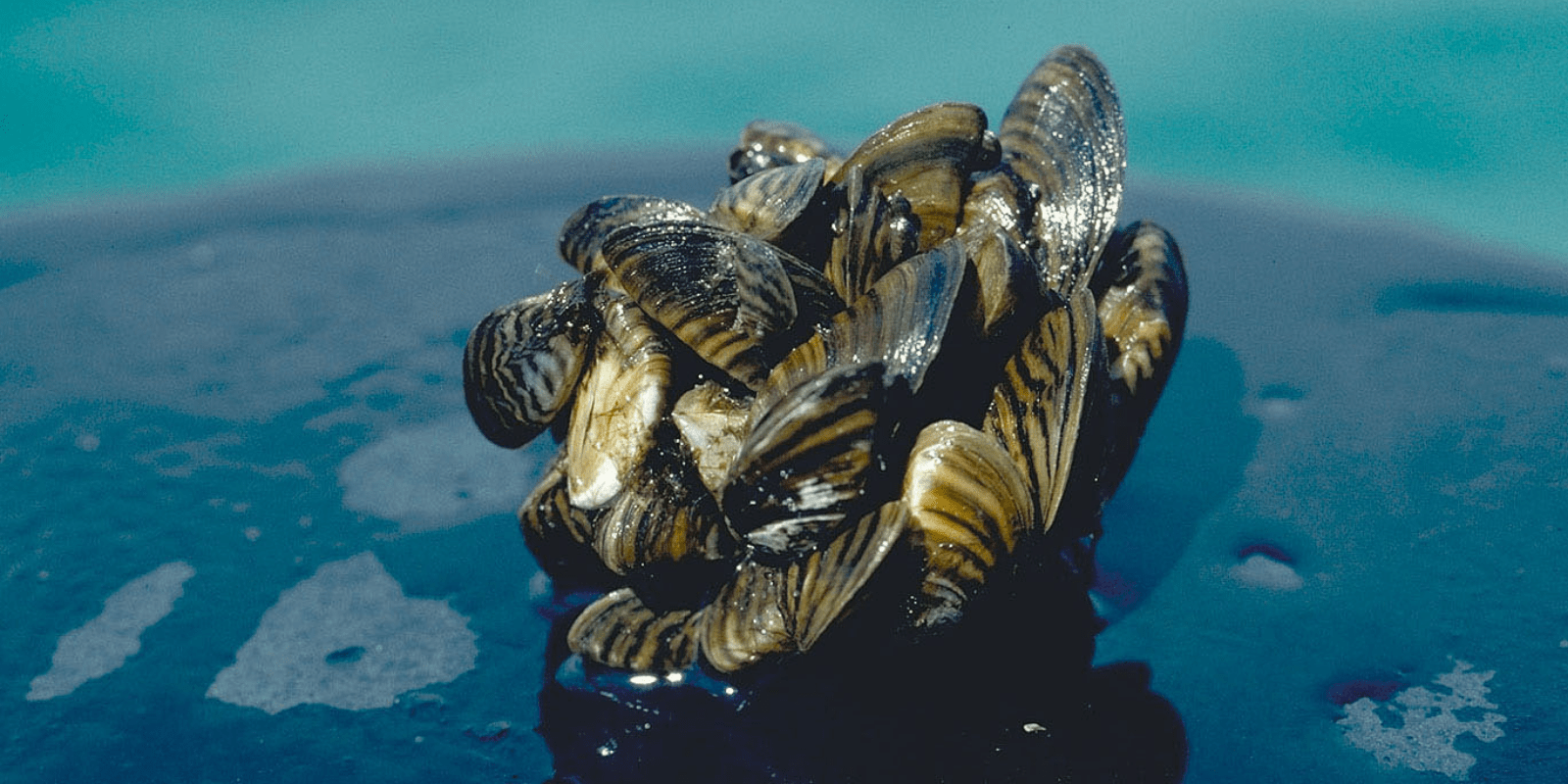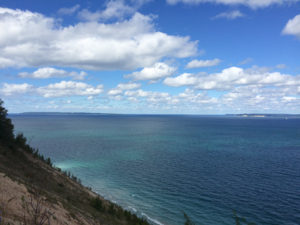We have much more to do and your continued support is needed now more than ever.
Proposed EPA Ballast Rules Too Weak to Protect Great Lakes from Invasive Species
NWF Joins Conservation Groups Urging Stronger Protections; Public Comment Open Through November 25

Year after year, the Great Lakes are being threatened by invasive species — with the silent intruders often getting a free ride in the ballast water of ocean going vessels.
These invasive species – such as zebra and quagga mussels, among others – have entered the Great Lakes in the ballast water discharged from ships. The newcomers devastate local aquatic populations by consuming large quantities of phytoplankton and algae, taking away nutrition from smaller fish. This, in turn, reduces the food available for prized walleye, lake trout or salmon, reducing opportunities for anglers who enjoy fishing opportunities on the Great Lakes.
In addition to hurting outdoor recreation, invasive species can damage pipes, pumping stations, reservoirs and other public and private infrastructure, harming local economies. The critters are small, but their impact is large, costing the Great Lakes region more than $200 million each year in damages and control costs.
U.S. Environmental Protection Agency (EPA) standards fall short
In October 2020, the EPA published new ballast water standards, intended by Congress to limit the damage caused by invasive species. Our analysis, however, shows that the EPA proposal falls short of providing the strong safeguards needed to aggressively address the problem.
One major issue: The EPA proposal gives a free pass to “lakers” or large ships that only operate in the Great Lakes but play a major in role in spreading invasive species from one waterway to another.
The EPA is accepting public comments about the proposed regulations, with a deadline coming up November 25th. The National Wildlife Federation will be submitting comments, arguing for stronger protections for native Great Lakes fish and wildlife. Send your own message today!
Aquatic Invasive Species are an Increasing Great Lakes Threat
The steady march of invasive species into the Great Lakes started over a century ago, and ramped up six decades ago with the opening of the St. Lawrence Seaway. The massive human-made waterway created for the first time a direct connection between the Great Lakes and the oceans around the globe. While the Seaway proved a boom for commercial shipping, it also introduced a host of invasive species into the accommodating freshwater Great Lakes.
These species have proliferated over the years, and so have the problems they cause. By consuming certain plankton (small plants and animals), zebra mussels can have multiple negative impacts on the lakes, including depriving other plankton of food, transferring nutrients to the lake bottoms, and contributing to the growth of harmful algal blooms.
To survive, zebra mussels must attach themselves to a hard object like a rock, the hull of a ship or a metal pipe. Factories, power plants and water treatment systems are constantly dealing with the expense of mussels clogging their intake pipes. When zebra mussels die, they leave behind shells which wash ashore by the thousands — detracting from the natural beauty of the shoreline and sharp enough to cut a bare foot.
Ballast Water Brings Unwanted Visitors
Scientists, conservationist groups and outdoor enthusiasts have long called for strong regulations over how commercial ships operate in the public waterways. A big problem is ballast water, which is common in the hulls of cargo ships and helps provide stability in rough sea conditions.
Oceangoing vessels can carry large quantities of ballast water – sometimes millions of gallons — and then discharge or exchange it when they reach a port where they unload or load new cargo. If that port is on the Great Lakes, via the St. Lawrence Seaway, then the discharged ballast can include all kinds of unwanted visitors, including the invasive species that are harming local fisheries and water systems.
But oceangoing vessels aren’t the only problem. Studies shows that all vessels – including “lakers,” or commercial vessels that don’t leave the Great Lakes — contribute to moving invasive species around the region. The EPA’s proposed new rules exempt all lakers from having to treat ballast water. Current regulations, by contrast, only exempt lakers built before 2009.

The Great Lakes are a multi-faceted ecosystem, one that includes commercial shipping and other job-creating economic activity. Protecting our precious waters from invasive species, however, is a long-term investment that requires that all ships that operate in the Great Lakes place stronger controls to stop new introductions and spreading invasive species.
The deadline for comments on the EPA’s proposed Vessel Incidental Discharge National Standards of Performance is Wednesday, November 25. You can help by telling EPA to strengthen its proposed ballast water regulations today! Learn how to stop invasive hitchikers on your own watercraft here.





















